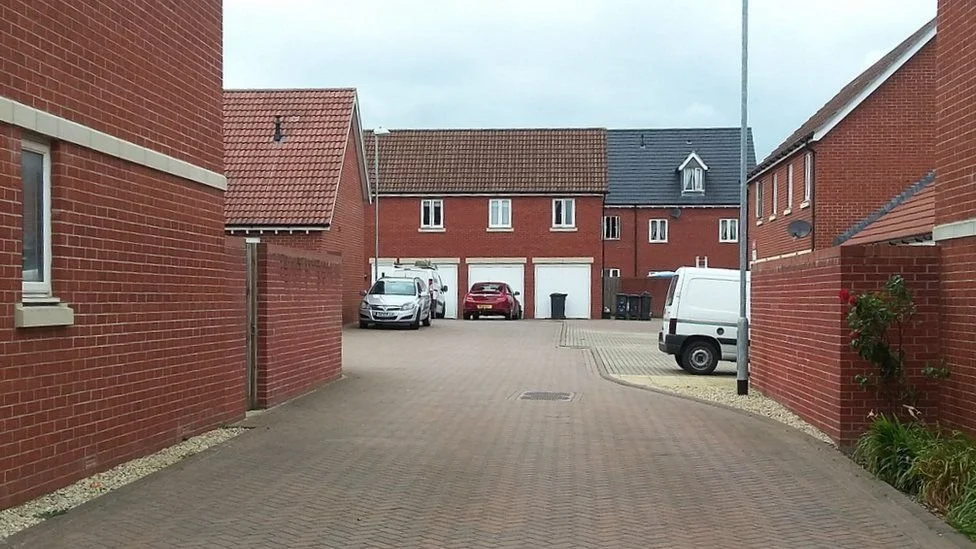Housing campaigners urge joining up planning and transport
A report from Transport for New Homes (TfNH) has found that greenfield housing developments are still locking residents into car dependency, with nearly all large-scale greenfield housing being designed around the needs of the car.
The report, Building Car Dependency: the Tarmac Suburbs of the Future, is based upon visits to 20 new housing developments TfNH originally reported upon in 2017/2018.
The aim of revisiting the sites was to assess how the developments had progressed as places in terms of sustainable development. TfNH’s original report highlighted that greenfield sites are often far from shops and amenities, without public transport, cycling links or even pavements, and the homes themselves are designed around car parking. The follow up visits confirmed that pledges for walking, cycling and public transport remain largely unfulfilled.
Planning and transport should be done in a joined-up way and reduces the emphasis on the car, urges TfNH. “We want future planning to be centred on sustainable transport modes, by which we mean public transport, safe walking and cycling, and newer forms of personal mobility.”
The shift away from the car, it says, “is key to reducing carbon emissions from transport, and essential in preventing mounting congestion on our roads. It would mean less sprawl across the countryside, better places to live and new homes located in such a way that people use town centres rather than abandon them.
“We cannot go on as we have been, building many hundreds of thousands of new homes in places that promote more and more travel by car. At a time of climate emergency and with a need to cut congestion on our roads, this is not the way we should be planning for the future.
“New homes need to be built in places which can be served by a modern public transport network and where residents are able to walk or cycle within the development and into and out of it to the adjacent urban area.”
Giving rural and semi-rural local authorities high housing targets of tens of thousands of new homes, when they have very limited public transport and a paucity of community provision or jobs in the area, makes little sense, says TfNH.
Furthermore, local authorities should not feel “forced by developers and national policy to say ‘yes’ to planning applications for new estates that are plainly in the wrong place for sustainable modes. We need to redraft the national planning policy to make it unequivocally clear that building around sustainable transport modes is essential for a low carbon future and healthier and sociable local living.”
Talking to the Guardian, Steve Gooding, chair of the steering group for Transport for New Homes and Interchange advisory board member said, “There’s no evidence coming through in the report that at scale we’re managing to deploy new housing in a way that really promotes the government’s parallel objectives of promoting active travel, public transport and alternatives to the private car. And unless we do that, then it shouldn’t surprise any of us that the car is going to be the default choice for the vast majority of trips that people make.”
It wasn’t all bad news, TfNH noted that developments on urban brownfield sites generally lived up to sustainable transport pledges.
The report was supported by Rees Jeffreys Road Fund, and the Foundation for Integrated Transport.

